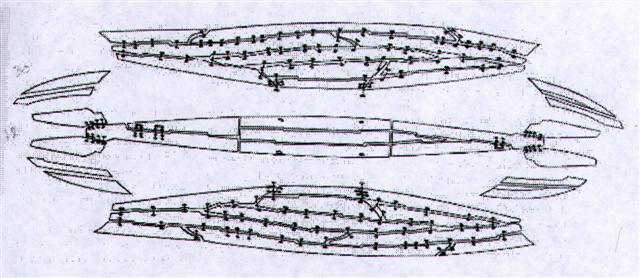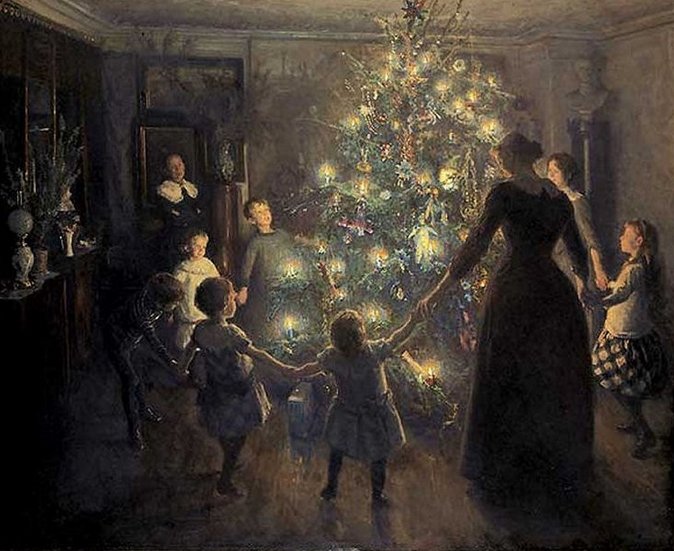|
Vero.
To throw, to hurl (a lance, a spear).
This word was also used with the particle kua
preposed: koía kua vero i te matá, he is the
one who threw the obsidian [weapon]. Verovero,
to throw, to hurl repeatedly, quickly (iterative of
vero). Vanaga. 1. Arrow, dart, harpoon,
lance, spear, nail, to lacerate, to transpierce (veo).
P Mgv.: vero, to dart, to throw a lance, the
tail; verovero, ray, beam, tentacle. Mq.:
veó, dart, lance, harpoon, tail, horn. Ta.:
vero, dart, lance. 2. To turn over face down. 3.
Ta.: verovero, to twinkle like the stars.
Ha.: welowelo, the light of a firebrand
thrown into the air. 4. Mq.: veo, tenth month
of the lunar year. Ha.: welo, a month (about
April). Churchill. Sa.: velo, to cast a spear
or dart, to spear. To.: velo, to dart. Fu.:
velo, velosi, to lance. Uvea: velo,
to cast; impulse, incitement. Niuē:
velo, to
throw a spear or dart. Ma.: wero,
to stab, to pierce, to spear. Ta.: vero,
to dart or throw a spear. Mg.: vero,
to pierce, to lance. Mgv.: vero,
to lance, to throw a spear. Mq.: veo,
to lance, to throw a spear. Churchill 2.
... I became
curious about this star ... called Nuutuittuq
[= 'never moves'] ... So, on the lee side of our
uquutaq (a snow windbreak) I positioned a
harpoon pointing directly at this particular star to
see if it would move. In the morning I checked it
and discovered that the Tukturjuit (Ursa
Major) had changed their position completely but the
harpoon still pointed at this star ... I had
discovered the stationary star
...
... A vestige of
the practice of putting the king to death at the end
of a year's reign appears to have survived in the
festival called Macahity, which used to be
celebrated in Hawaii during the last month of the
year. About a hundred years ago a Russian voyager
described the custom as follows: 'The taboo
Macahity is not unlike to our festival of
Christmas. It continues a whole month, during which
the people amuse themselves with dances, plays, and
sham-fights of every kind. The king must open this
festival wherever he is. On this occasion his
majesty dresses himself in his richest cloak and
helmet, and is paddled in a canoe along the shore,
followed sometimes by many of his subjects. He
embarks early, and must finish his excursion at
sunrise. The strongest and most expert of the
warriors is chosen to receive him on his landing.
The warrior watches the canoe along the beach; and
as soon as the king lands, and has thrown off his
cloak, he darts his spear at him, from a distance of
about thirty paces, and the king must either catch
the spear in his hand, or suffer from it: there is
no jesting in the business. Having caught it, he
carries it under his arm, with the sharp end
downwards, into the temple or heavoo. On his
entrance, the assembled multitude begin their
sham-fights, and immediately the air is obscured by
clouds of spears, made for the occasion with blunted
ends. Hamamea (the king) has been frequently
advised to abolish this ridiculous ceremony, in
which he risks his life every year; but to no
effect. His answer always is, that he is as able to
catch a spear as any one on the island is to throw
it at him ... |











